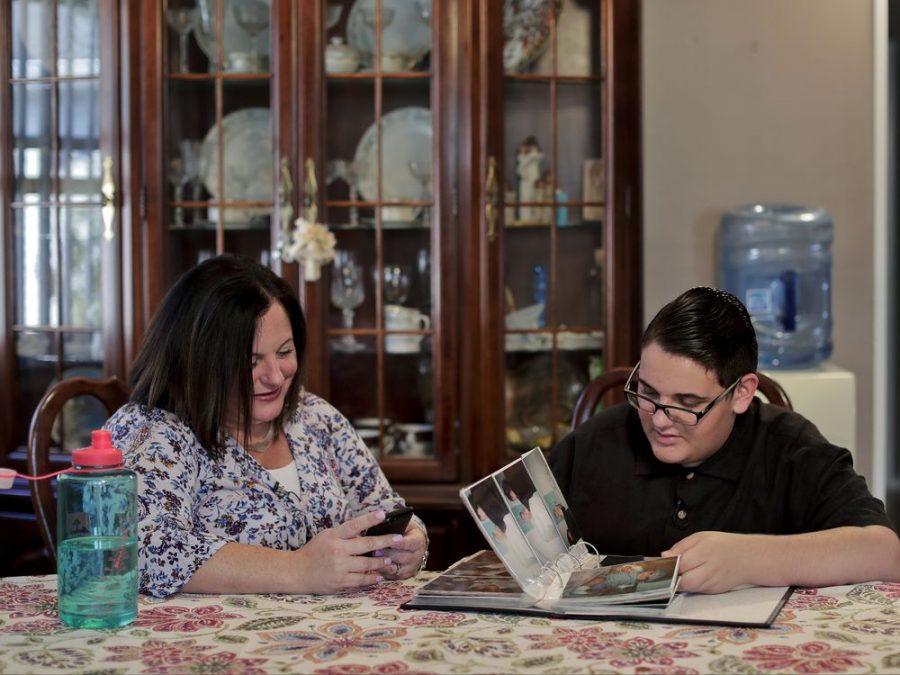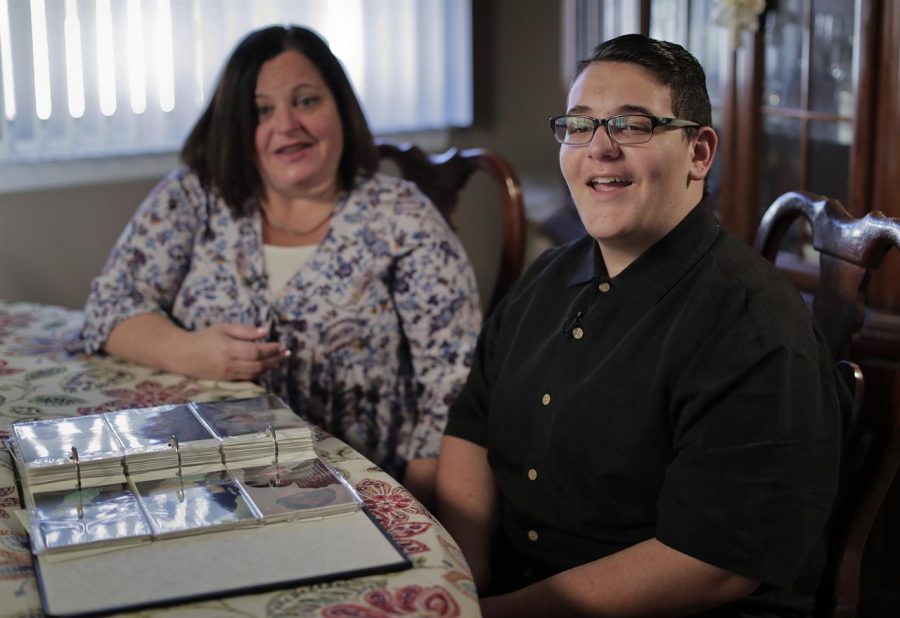Patients with a rare inherited form of blindness could be able to regain their sight if the Food and Drug Administration approves an experimental gene therapy in January. Spark Therapeutics Inc. is the company which has been testing Luxturna, potentially the first gene therapy for an inherited disease approved in the United States.
The treatment was tested for Leber congenital amaurosis (LCA), an inherited retinal disease caused by defects in a gene called RPE65. Parents can unknowingly carry the flawed gene for generations, and they don’t realize it until a child receives two copies of it.
Patients born with this abnormality are unable to produce a protein that fuels the retina so it can convert light into signals to the brain. Sometimes they can only see blurry shapes and bright light until they completely lose all sight.

Luxturna could be the second gene therapy to be sold in the country since the FDA approved in August a treatment that engineers patient’s blood cells in a laboratory.
The FDA panel said Tuesday in a review posted on its website it is considering approval but the long-term benefits of the treatment remain unclear. A meeting with advisers who will recommend whether the treatment should be approved is set for Thursday.
Children and parents will also be there to tell the FDA officials what it is like to lack sight and then be able to gain the ability to see the night sky and the smiles of loved ones.
The agency must announce its final decision on Jan. 18. Scientifically named voretigene neparvovec, Luxturna might cost thousands of dollars. Companies usually announce costs only after their treatments are approved, but one gene therapy sold in Europe costs $1 million.
Jeff Marrazzo, Spark’s CEO, said he has talked with insurers and they might reimburse the treatment one time per eye, as reported by ABC News.
A promising treatment
Although the treatment does not give a perfect vision or work for all qualified patients, clinical trial results revealed that as much as 93 percent of participants experienced improvements in their functional vision.
The procedure consists of puncturing the white part of the eye, where researchers injected an edited virus with the corrective gene into the retina. The Philadelphia-based company claims the therapy is only needed once.
After receiving the therapy, participants had to navigate obstacles in poor light so researchers could measure Luxturna’s success. Dr. Jean Bennet, a researcher at the University of Pennsylvania, and her husband, Dr. Albert Maguire, conducted tests at the Children’s Hospital of Philadelphia. They designed a maze using white tiles with arrows, foam rolls, cones, and black spaces that participants were supposed to avoid. The FDA accepted their mobility maze as a valid technique to measure the treatment’s success.
A year after receiving the corrective gene, 18 of 20 participants improved on the obstacle course and 13 of them were able to pass the test at the lowest light level. Separately, a comparison group had to wait one year to receive treatment, and none of them showed any improvements on the maze by the time the first group was succeeding it.

Two participants couldn’t experience the therapy’s benefits on the obstacle course probably due to their lack of a reasonable number of healthy retinal cells. However, one improved on different tests and the sight of another stopped deteriorating.
Only two severe side effects were reported, but none of them were directly related to the gene therapy, including a case in which a drug given afterward causes some complications. Many of the study participants were able to gain independence.
“There were children who were able to move from a Braille classroom to a sighted classroom. One person who had never worked was able to get a job,” said Dr. Katherine High, president of Spark Therapeutics, as quoted by ABC News.
The RPE65 gene is only one of more than 260 different genes that can suffer mutations and cause inherited retinal disease, which affects 3 million people worldwide. In addition to LCA, mutations triggered by RPE65 can lead to other vision diseases. Dr. Eric Pierce at Harvard-affiliated Massachusetts Eye and Ear, who took part in the therapy’s early testing, explained the treatment could target people with the flawed gene instead of a specific disease, according to ABC News.
Luxturna gives hope to children who dream that they’ll one day see the stars
If you can read this, don’t take your vision for granted (even if you have to wear glasses like me). Cole Carper got Spark’s gene therapy when he was 8. Now that he is 11, Cole describes the moment that he saw “light things” in the night sky as he returned to his home in Little Rock, Arkansas, after treatment. His mother told him those were stars.
His sister was also born with LCA. Caroline Carper, 13, was treated at age 10 and described how surprised she was when she saw snow and rain falling. She also enjoys seeing colors and the sunshine.
Source: ABC News
